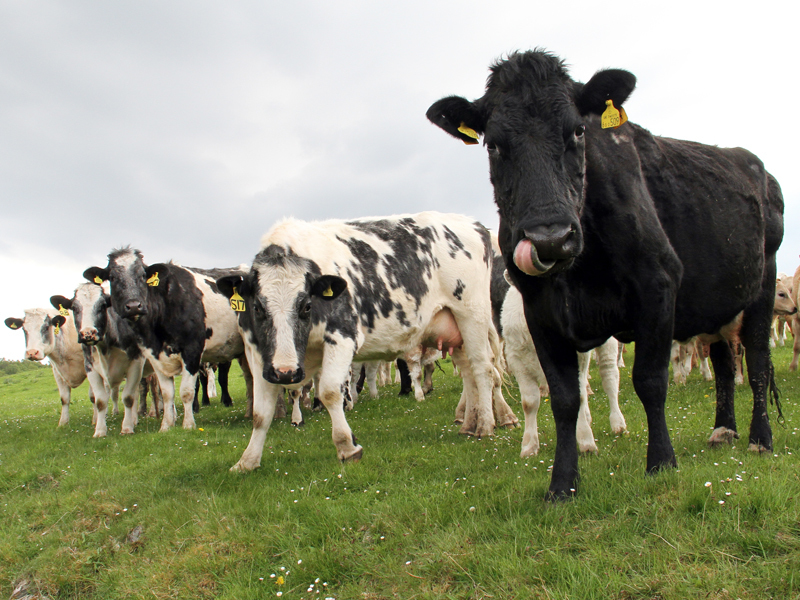NFU Scotland has called on retailers to deliver a bigger share of the retail beef price to farmers.
The plea comes at a time when farmgate beef prices are falling against a backdrop of rising retail prices.
In the middle of this month, the average deadweight price achieved for Scottish steers sold direct to abattoirs was 369.7 pence a kilo – down 12.5% on May 2013.
This is against a 7.6% increase in the average retail beef price last month.
According to consumer research company Kantar Worldpanel, the average beef retail price for the 12 weeks to the end of April was 776 pence a kilo, up from 721 pence a kilo in the same period last year.
NFU Scotland says it is vital this disparity in the supply chain is resolved as the beef industry accounts for almost a quarter of Scotland’s agricultural output.
“The farmgate price correction that has gripped the current market does not reflect consumer demand but appears to have been an opportunity for retails to take margin back without regard to future supply while demanding more from consumers,” said president Nigel Miller.
He said loyal customers of Scotch beef had not benefited from this.
“Scotch beef prices now put the industry in a competitive position to supply diverse markets and take a share of export opportunities,” added Mr Miller.
“In the longer term, that more diverse focus will be crucial to avoid a repeat of the extreme volatility of the last 12 months.”
The union accused retailers of softening their commitment to use more home-produced beef in fresh and frozen processed meals, in the wake of last year’s horse meat scandal.
The horse meat scandal kicked off in January when a Tesco economy beefburger was found to contain 29% horse DNA.
Investigations at the time found widespread food fraud, and the scandal escalated resulting in a number of branded foods – including Findus beef lasagne – being withdrawn from the market and traces of horse DNA were also found in public sector meals.
NFU Scotland food chains relationship manager Kylie Barclay said: “While fresh meat and fresh processed meat have seen clearer labelling and a trend towards British or Scotch, frozen processed products are a key area where issues raised by horsegate haven’t delivered the level of change farmers or consumers will have expected.
“Although it may state on a frozen lasagne, for example, that the beef used is British or Irish, there is often no independent verification that it is.
“The use of Red Tractor or Scotch logos would give shoppers that assurance.”
The union said it is set to meet with retailers to discuss the issue at the Royal Highland Show in June.
